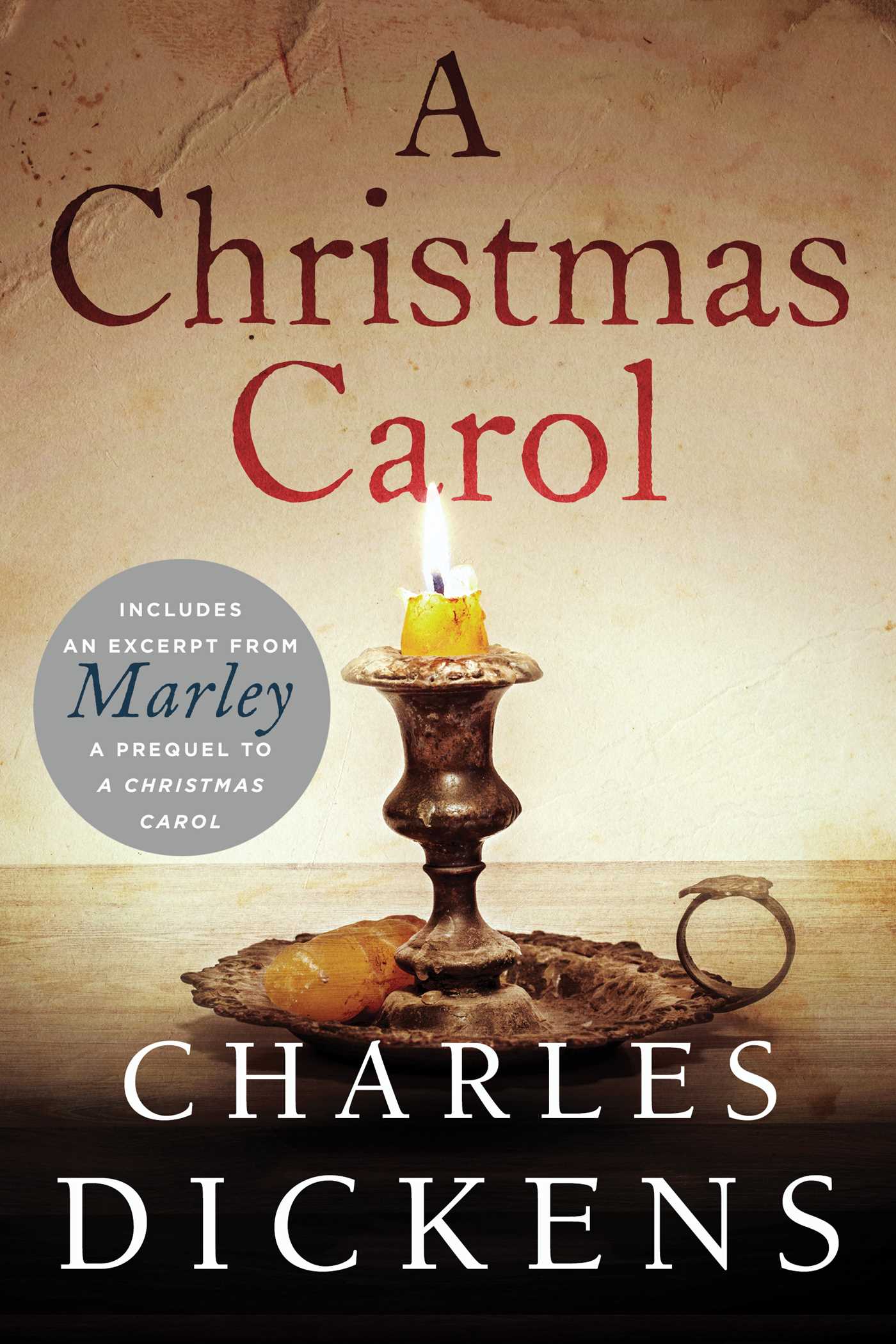
Pickwick itself was a sensation, achieving a circulation of 40,000, and making its author a literary celebrity. ‘Phiz’, as he became known, would remain Dickens’s preferred illustrator for the next two decades, working on ten of his novels including David Copperfield, Little Dorrit, A Tale of Two Cities, and Bleak House. When the original artist committed suicide only a few months into the project a young man named Hablot K. They had planned a series of amusing sketches by an artist named Robert Seymour and asked Dickens to write stories to accompany them. The book was so popular that a second printing was required almost immediately.ĭickens’s second book, The Posthumous Papers of the Pickwick Club, was proposed by the newly formed publishing firm Chapman & Hall.

Illustrated by the famous satirist Cruikshank, the sketches “were praised for their humour, wit, touches of pathos, and the ‘startling fidelity’ of their descriptions of London life” (ODNB). These were published as Sketches by Boz in 1836. Additional stories followed, and soon Dickens was writing a regular series for the Evening Chronicle called “Sketches of London”. Minns and His Cousin’), appeared in the Monthly Magazine.

In 1828 the young Dickens had set out to become a freelance journalist, and in 1833 his first literary work, a humorous sketch titled ‘A Dinner at Poplar Walk’ (later retitled ‘Mr.

Pictured above, a first edition of Dickens’s very first book, Sketches by Boz. Happy 200th Birthday to Charles Dickens! Today we’ll look at Dickens’s publishing history and the formats in which his novels originally appeared. First edition of Charles Dickens’s first book, Sketches by Boz (1836).


 0 kommentar(er)
0 kommentar(er)
